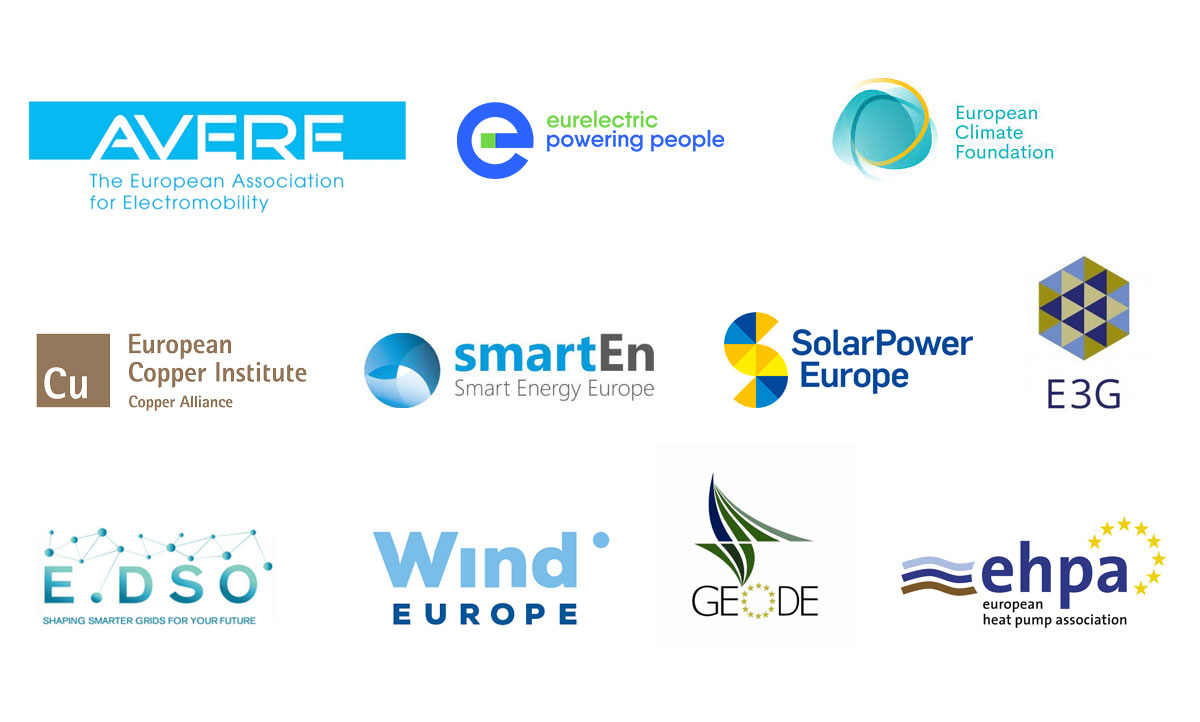Achieving a cost-effective transition unlocking the benefits of sector coupling

The time to accelerate the transition to make Europe meet its 2050 energy and climate ambition is now. The new Commission should demonstrate ambitious climate and industrial leadership during its term in order to achieve the Paris Agreement objectives and strive for a carbon neutral economy by 2050.
Renewable-based and carbon-neutral electricity is, by a wide margin, the most important resource needed for the European GHG emissions reduction strategy. Its efficient use can essentially decarbonise heating and cooling and key segments of transport. In addition, Europe should strive to maintain leadership in key emerging energy carriers based on green and carbon-neutral molecules, which will be needed to decarbonise especially specific segments of industrial activity and heavy-duty transport. Significant benefits and synergies can be found through this coupling of the electricity and gas sectors.
In this context, future gas consumption and the related needs to gas infrastructure must be analysed in a consistent and future-proof manner. It is now broadly acknowledged that the role of fossil gas will be declining substantially on the path to a carbon neutral economy, as highlighted in the Commission’s Long Term Strategy[1]. Clarity is therefore urgently required on the nature and on the need for sustainable, carbon neutral gases with a view to ensuring a cost-effective transition for European citizens and businesses.
The signatories call on the European Commission to:
- Develop a consistent and clear taxonomy of sustainable gases and other gases, including power-to-gas fuels that reflects their different lifecycle emissions.
- Make an independent analysis of the potential of gases in the 2030 and 2050 perspective, and of the need for green molecules across sectors of the economy. A sound modelling should take into account technology costs and competitive alternatives for clean energy carriers, demand side flexibility potential, energy efficiency and conversion losses, the impact of different gas volumes on bio resources, of power-to-gas on the electricity system as well as imports’ implications.
- Ensure a cost-effective and future-proof approach to infrastructure requirements and investments to avoid investment in assets that do not contribute to a cost-effective and energy efficient decarbonisation path. The ENTSOs’ TYNDP scenarios must reflect this new reality, ensuring that long term projections for the overall energy and gas demand are Paris Agreement compliant and in line with the most recent analyses. The approach should look in-depth into the role of a digital, strengthened and interconnected electricity grid, and include the development of “grid intelligent” renewables providing services to the network. Further, it must take into account the benefits of sector coupling, in particular with heat networks, and the role of power-to-gas facilities such as electrolysers.
- Revise the 2013 TEN-E Infrastructure Regulations as soon as possible in light of the changing infrastructure and system security needs that come with the transition to a carbon neutral, highly renewable, efficient and electrified energy system, taking into account the potential of sector coupling. The TEN-E regulation should also reflect the importance of DSOs and prioritise the transformation of distribution systems, facilitating the needed investment.
- Ensure that Research & Innovation funds and investments are allocated to the development of competitive carbon neutral industrial solutions and feedstocks in order to accelerate the transition in hard-to-abate sectors.
[1] 3% to 4% of total final energy consumption in full decarbonisation scenarios